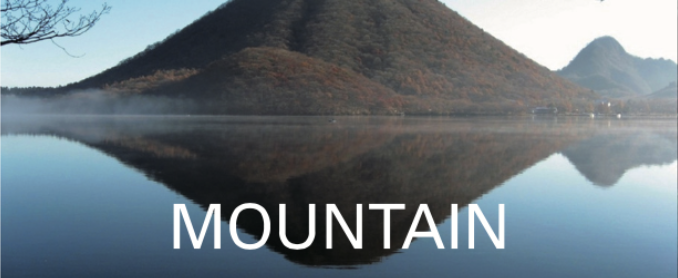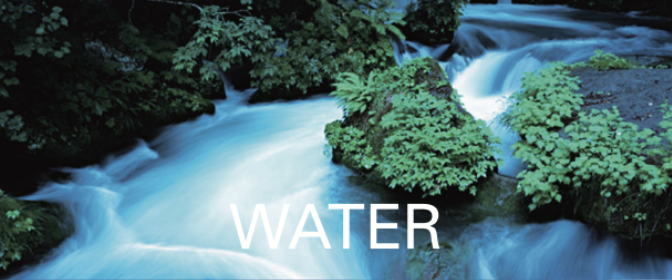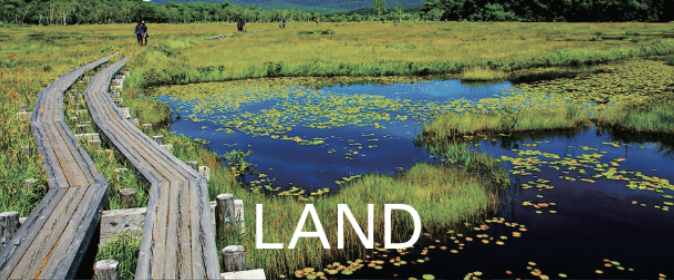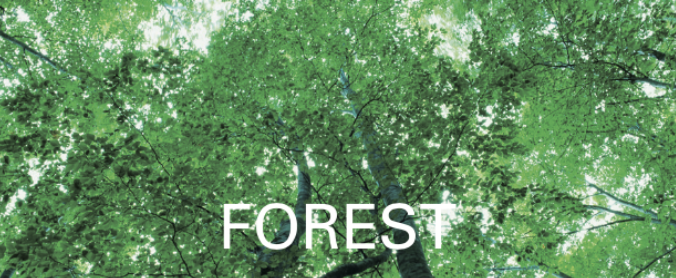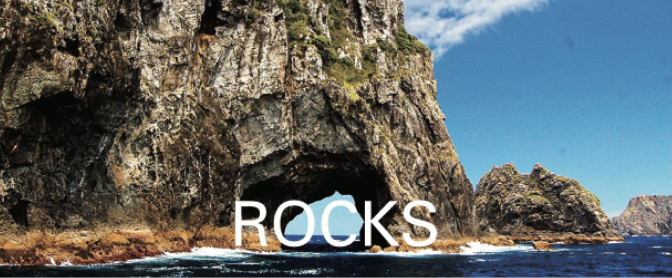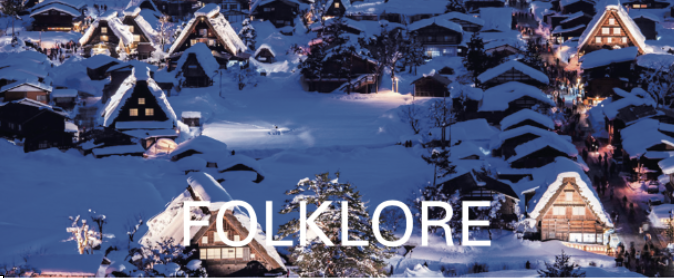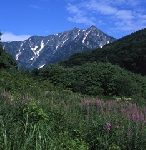
The framework of Omachi City was built by the Nishina clan, which had reigned from the Heian period (794 – 1185) to the Muromachi Period (1366 – 1573). Mt. Kashima Yarigatake can be seen from the city, which consists of the South and North peaks and is the leading mountain of the Ushiro-Tateyama Mountain Range in the Northern Alps.
The Kurosawakogen Highland, with an altitude of 1,130m, is spread with wetlands and grasslands, and is surrounded by flowers each season.
There are Three Lakes of Nishina – Kizakiko Lake, Nakatsuna Lake, and Aokiko Lake, to the east of the Kurosawakogen. They are the only natural lakes at the foot of the mountains in the Northern Alps. Walking with the scenery of the lake and the mountain, makes you feel at ease.
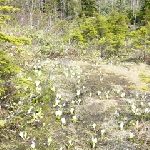
This high land spreads across Yamanouchi Town Nagano. It is a short trip to Mt. Ryuosan by the ropeway. There is a walking path with a wetland in standing trees, after going to deep in the mountain. When you walk along this path, you will come across a lovely and fantastic Alpine flower garden and a vivid landscape, with numerous animals and plants.
About 6 km along the forest road, along the Shirasawa River, there is a waterfall that creates fresh air, with white splashes in front of you.

Fujimidai Highland is located at the northern part of Mt. Ena, which is the prefectural border between Achi Village in Nagano prefecture and Nakatsugawa City in Gifu prefecture. It is a highland, covered with ground bamboo grass. It was originally called Mt. Yamabushitake – the mountain of Yamabushi: mountain ascetic practice. You can go to the 7th station of Fujimidakikogen by ropeway.
The Mikasa Pass is located nearby, which has been said to be the hardest part of Tosan-do Road, an ancient division of the country and the main road running through it. It was situated along the central mountains of northern Honshu, Tohoku region, in ancient times.
The view of Fujimidaikogen remains the same as the view the ancient men saw, as they traveled far from Nara Capital, stopped there, and praised the scenery after passing by.
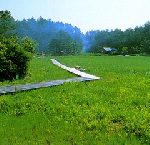
This Highland Wetland in Ikeda Town is surrounded by mountains, with an altitude of more than 600m on the east, west and north sides, and slopes gently toward the Matsuo River in the south. At the foot of the 26.7ha wetland, aquatic plants such as Sphagnum palustre, fringed orchid, shield sundew and kiseruazami, Black thistle, flourish.
At the wetland, many rare plants, such as Pogonia japonica, fringed orchid and insectivorous plant, grow in colonies. It is a fount of innocence that should be preserved.
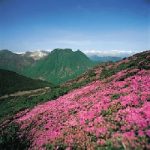
This wetland is registered under the Ramsar Convention. The colony of little sphagnum, juncus fauriei, marsh marigold and lobelia sessilifolia grow, and grassland birds such as Hoaoka, a chestnut-eared bunting and Secca, a fan-tailed warbler breed.
Great tit and long-tailed tit in the forest and Japanese white-eye in the river can be observed. Grey wagtail and brown dipper inhabit. Mammals such as small Japanese field mice also inhabit.
These living environments are maintained by burning the grass before spring.
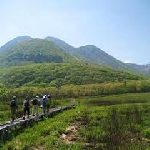
This wetland is a mountainous intermediate wetland that was created in the Kuju mountain range and has the wetland largest area in Japan. It is a wetland registered under the Ramsar Convention along with Kujubo Gatsuru.
he dominant species are reeds, Moliniopsis japonica, and Japanese pampas grass. The low tree forest of Hydrangea paniculata and Japanese black pine are found in colonies, and rare plants are seen, such as Tsukufuuro: Geranium soboliferum var. kiusianum, Shimuraninjin, Pterygopleurum neurophyllum, and Sphagnum palustre.
You can freely walk down the nature research road.
